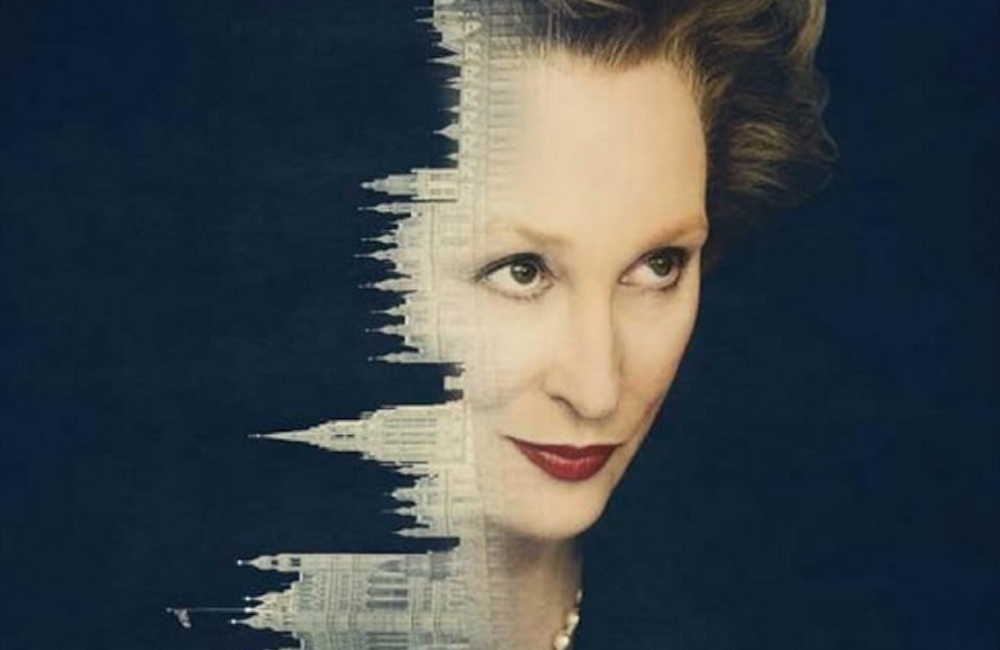
Margaret Stands Down
If The Iron Lady were simply a chronicle of the career of an influential world leader, then the resulting reaction from viewers—“boring”, “inspirational”, “infuriating”, etc.—would not vary wildly, depending on their political leanings and tolerances. Thankfully, this is much more than a dry docudrama. At its core, the movie is an observant and touching exploration of a rich, full life, and its sad decline.
The film begins with a Margaret Thatcher most people haven’t seen: a plump, frail, elderly woman slowly losing her hold on reality. She is seen wandering the halls of her residence, sometimes encountering and bantering with her husband of 50 years, David, whom we soon realize died some time before. Clinging to the illusion of her husband reflects both genuine loss and a fading mental state. Director Phyllida Lloyd chooses to linger with the contemporary, post-political Margaret Thatcher for longer than most movie studios would prefer or allow. But it’s a vital choice, as it solidifies the audience’s relationship with Thatcher as a person—a wife, a mother—and not only as a politician.
Once grounded in the present, the film flashes back and forth, touching on the various points in Thatcher’s public and private life: her admiration for her father, a middle-class grocer, and his conservative beliefs; her introduction to the world of British politics (and its ingrained sexism); her rise to power within Britain’s Conservative Party; and her troubled tenure as Britain’s longest serving Prime Minister.
What emerges is a picture of an ambitious woman with seemingly endless courage in her convictions. She phrases her beliefs as mission statements and calls to action: many of her lines begin with the words “One must…” Telling off an American diplomat who is trying to lecture her on foreign policy in wartime, she declares, “I have fought every day of my life.” Indeed, at the height of her power, armored in blocky dresses in bold primary colors, with her hair sprayed solid and immoveable, she has the bearing of a battle cruiser ready to cut through the waves of dissent and disbelief.
After 40 years in film, the fact that Meryl Streep keeps winning awards would be downright annoying if she didn’t also keep earning them. Once again, she does what she does best, disappears into the character completely. Equally amazing (and award-winning) work by the make-up artists aids her transformation. Sure, the actress doesn’t look much like Margaret Thatcher, but the make-up team has made Streep look exactly like an 80-year old woman… who doesn’t look much like Margaret Thatcher.
Lloyd, a prolific theater director whose only big screen work is the musical confection Mamma Mia!, makes this a personal story with an impressionistic tone. The film stays grounded in Thatcher’s circle, with her husband at the center surrounded by rings of ministers and advisors with shifting loyalties. But it doesn’t shy away from the controversy, turmoil and violence of the era she dominated.
Again, it’s refreshing that Thatcher’s old age is not the edge but the rather the core of the story. The sight of the stalwart Cold Warrior queuing for a pint of milk at the store or struggling to free a DVD from its case humanizes a figure that might otherwise be fixed in our minds as a caricature cast in foam rubber or stenciled in spray paint on a brick wall. In the end, The Iron Lady conveys both the power of the politician and the quiet tragedy of a strong woman losing steam and losing track.
Read More